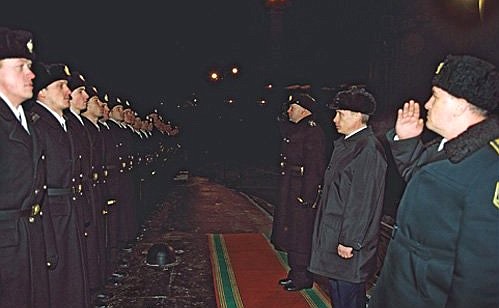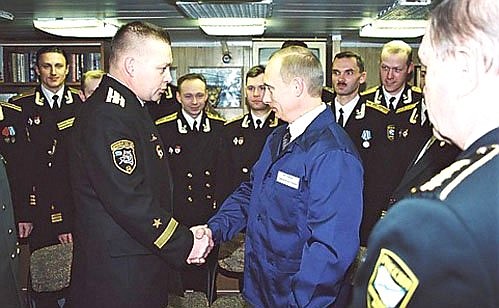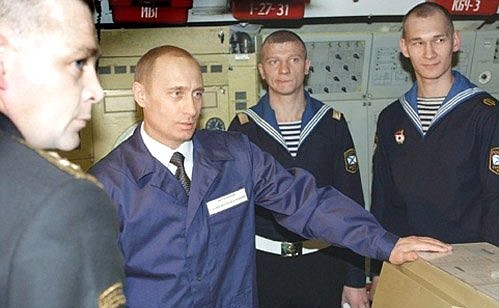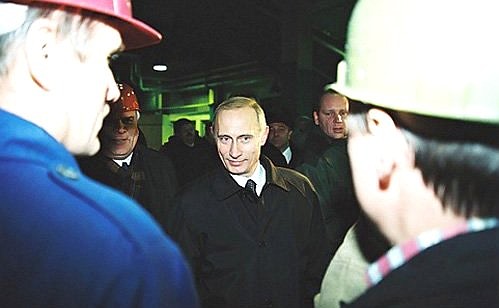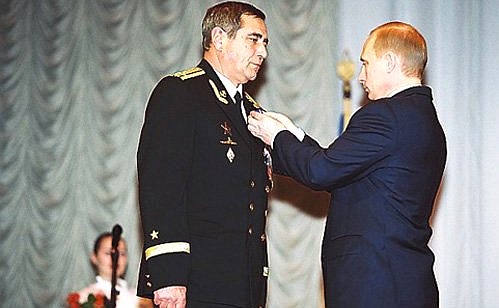On December 3, Vladimir Kuroyedov, Commander-In-Chief of the Russian Navy signed the submarine’s state-acceptance act.
After the ceremony, President Putin met with the crew inside the submarine. Mr Putin, who was accompanied by the submarine’s commander, inspected several compartments, visited the cabins of the commander and junior personnel and talked to commanders and sailors.
The keel of the Gepard, the fourteenth and last Bars-class third-generation attack submarine, was laid in 1991. The Gepard became the first nuclear-powered submarine to be completed by the Northern Machine-Building Enterprise (Sevmash) since 1996. Experts believe that she is the most advanced submarine embodying the latest achievements of the national submarine industry. This submarine, which is reportedly the most silent Russian submarine, features up-to-date crew-rescue systems and is equipped with nuclear-tipped cruise missiles.
President Putin also visited Sevmash, where the submarine was built, and addressed an official function marking the submarine’s adoption by the Russian Navy.
Mr Putin said Russia was moving to build new-generation warships, and that the keels of some of them had already been laid at Sevmash.
He said the keel of the first prototype new-generation corvette would be laid in St Petersburg in December, and that there were plans to launch construction of advanced frigates one year later. President Putin said entirely new technical systems were currently being developed for the new warships.
The Russian leader stressed that maritime activity was a top national priority, and that the first national Russian maritime doctrine was now being drafted.
President Putin suggested paying tribute to the heroic crew of the ill-fated Kursk submarine and said the Navy had to develop safer technologies and to establish effective search-and-rescue services.
The Russian leader presented awards to designers and sailors who helped develop and test the Gepard submarine. In all, about 90 people received state awards.
